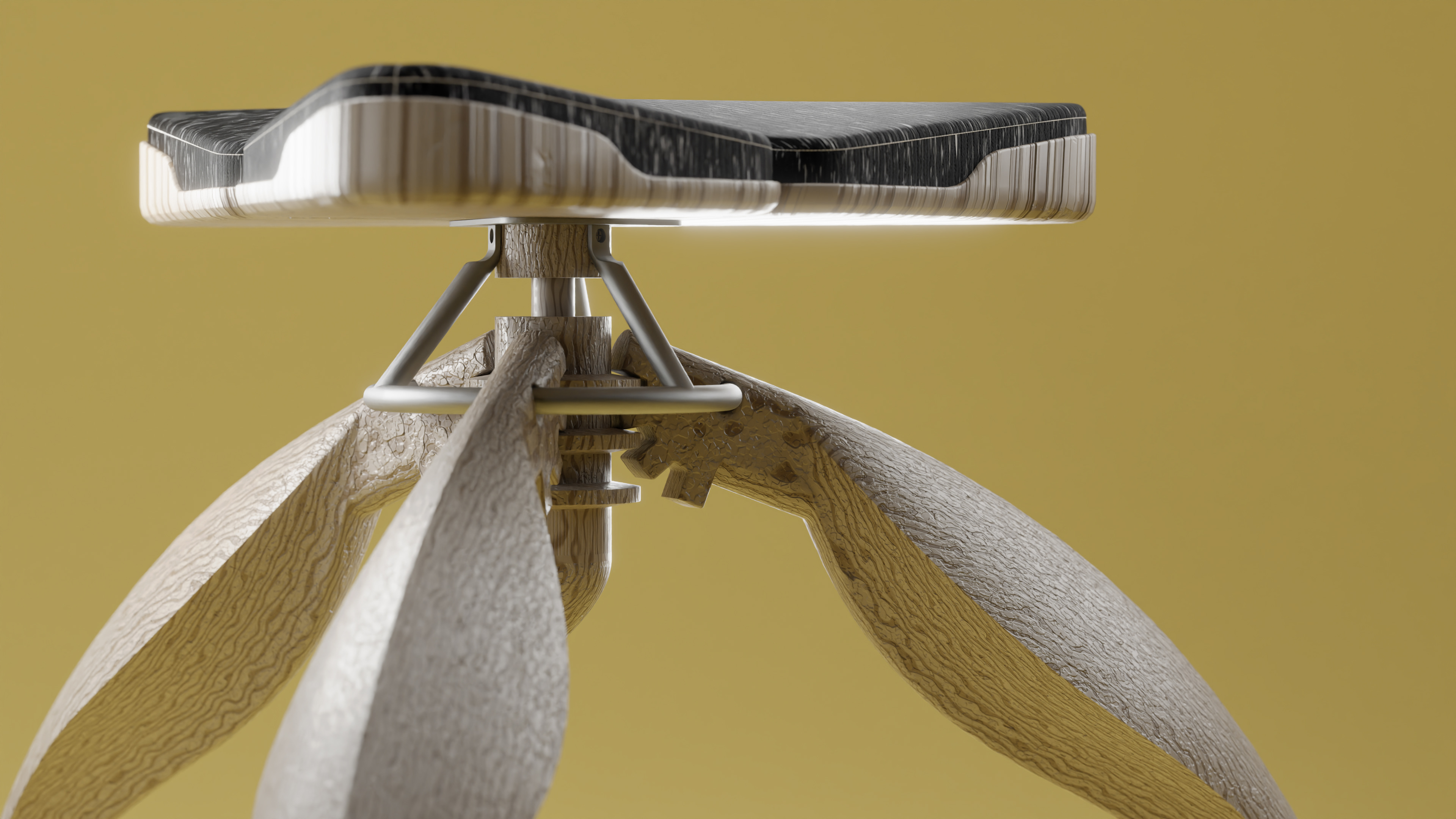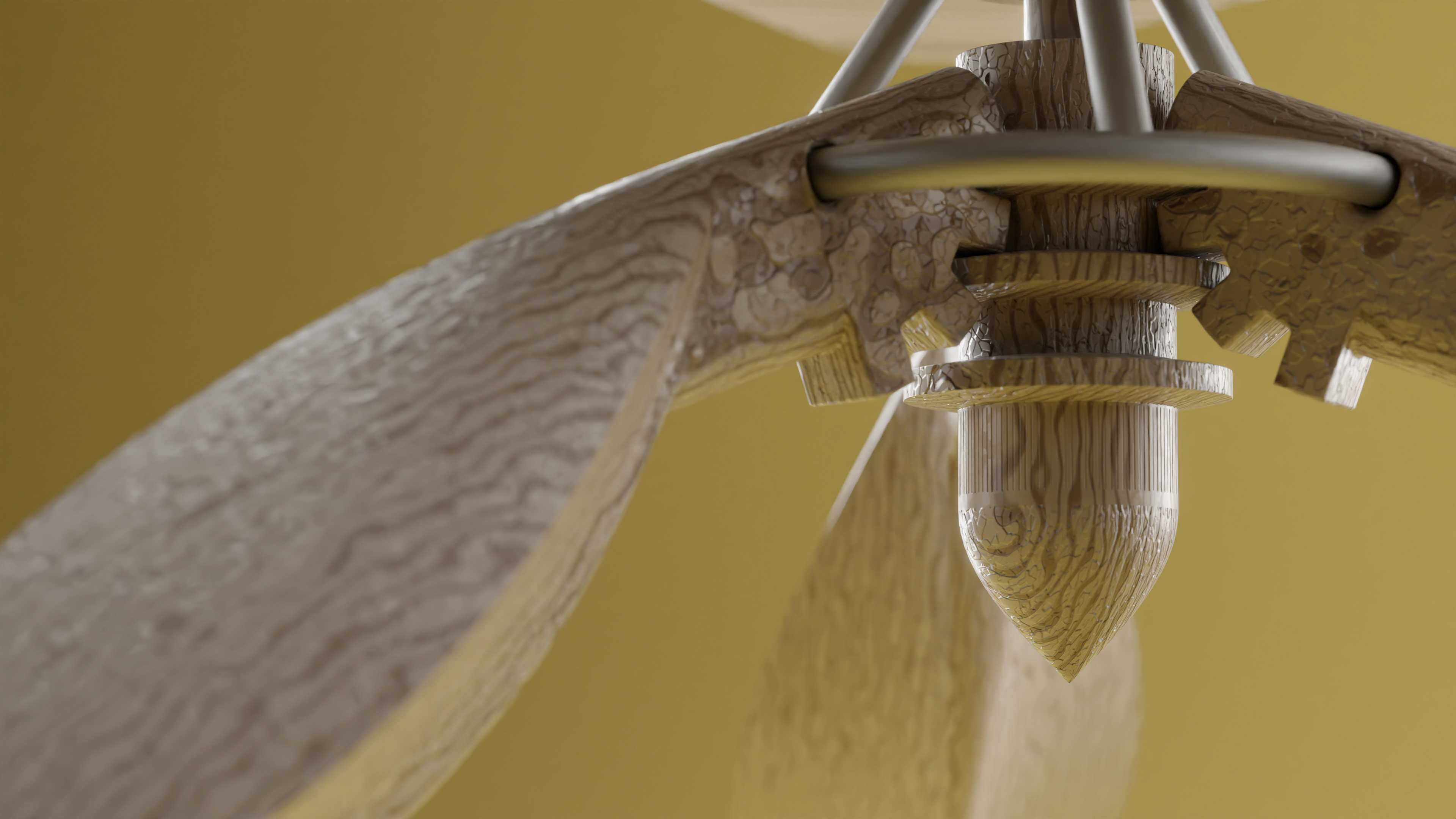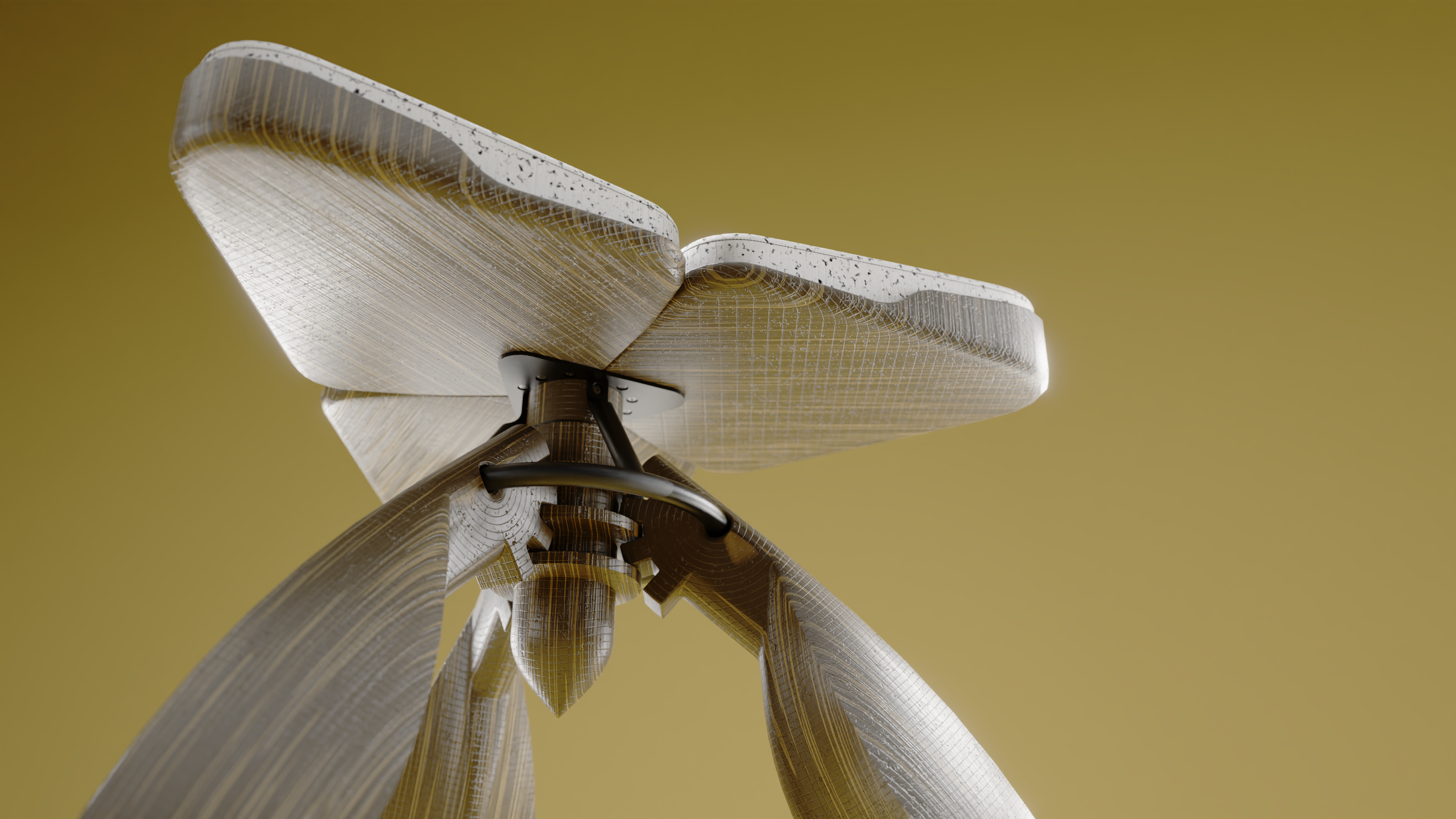Brief
Function follows form.
[ University Project ]
Usually, the design process follows a flexible, yet well definable structure. Beginning with either a design-sprint and/or research phase, going into building concepts, prototyping and testing them, and eventually, designing the finished product’s form and appearance.
These steps correlate significantly, whereby one’s phase’s output functions as the next one’s input. As part of a semester’s project, we were tasked with flipping our usual approach on its head.
Inspiration
From shape studies to product.
The starting point of the project consisted of collecting intricate objects, structures and other inspirations, from which shapes could be derived and then simplified. The ultimate goal was to find something, that made sense to turn into a product.
For this project's source of inspiration, insects’ geometries were explored, specifically those of the praying mantis, as well as objects that show similar shapes.

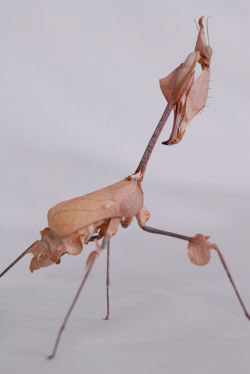
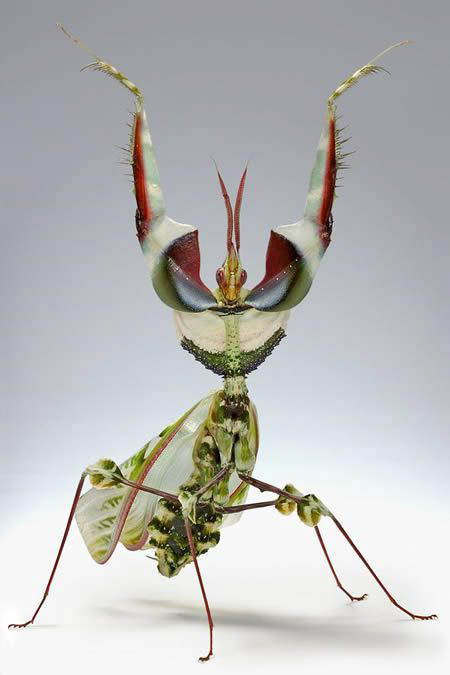
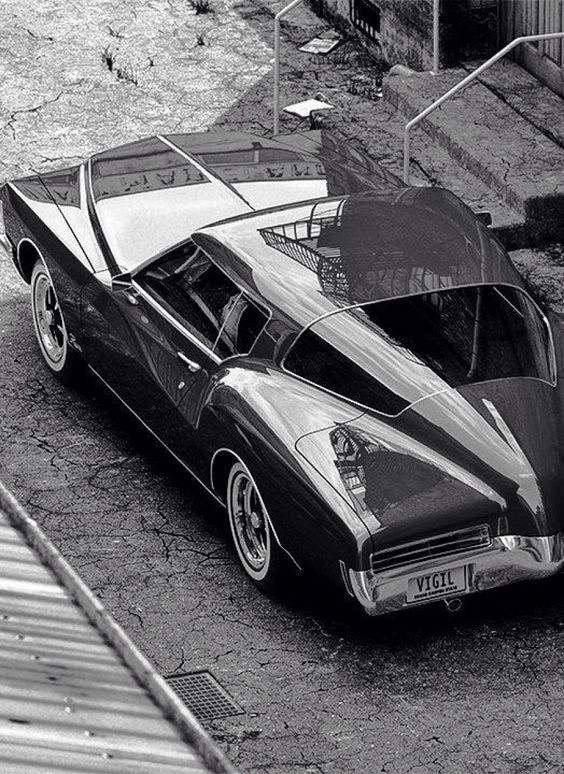
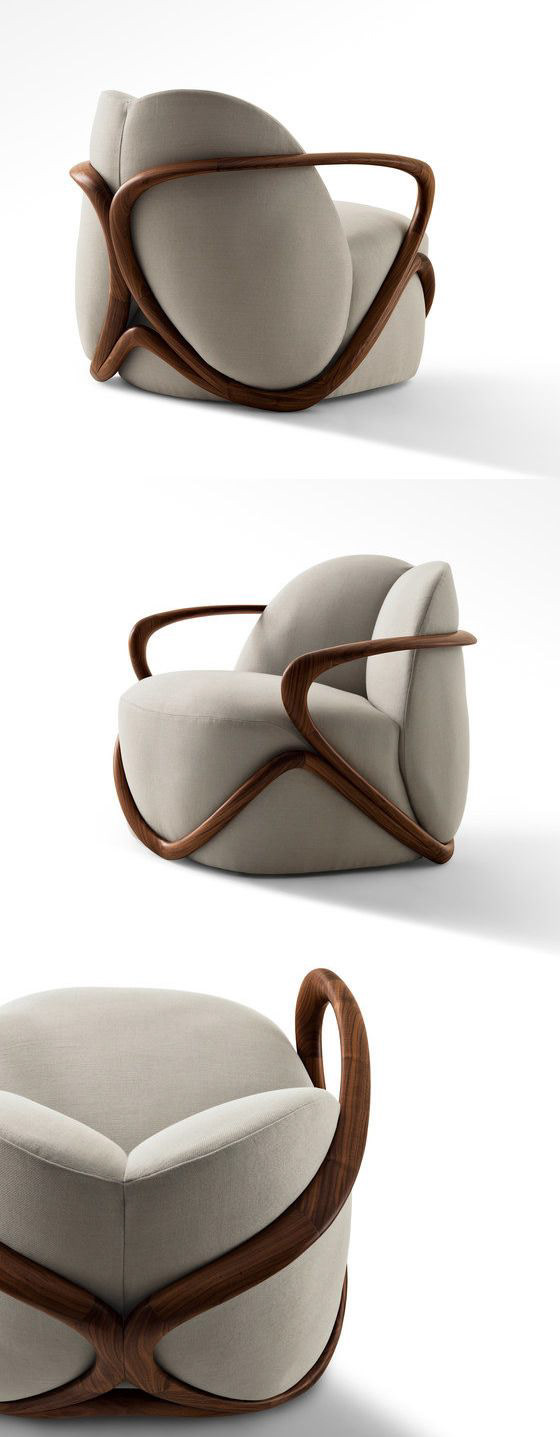

Exploration
Organic, yet geometric.
Based on the overall structure of the praying mantis, elements were derived and abstracted to find and polarize its characteristics and details.
Isolation of core elements through sketching quickly disclosed the main characteristics. Bold, yet aerodynamic bodies, mixed with seemingly fragile, yet strongly defined joints and limbs.
Isolation of core elements through sketching quickly disclosed the main characteristics. Bold, yet aerodynamic bodies, mixed with seemingly fragile, yet strongly defined joints and limbs.
Experimenting with the weight, complexity and orientation in different volumes, a range of variations could be generated to be chosen from.
Application
Application to a simple product.
The previously generated shapes were applied to a simple product - the stool - as they seemed fitting for furniture legs. Given the proportions of a stool, its legs make a big part of the overall appearance and can define its aesthetic as well as its functionality.
Mainly, the challenge was to find the right level of abstraction to keep the appearance elegant and intricate, yet plausible and not dive into a composition, that would be overbearing or over encumbering.
Use-Case
Different folks, different instruments.
The next step was to find an adequate use case, that would justify the product's development and prove it valuable beyond its appearance.
Usually, this would be the foundation for a project and come much earlier in the process. However, as part of this project specifically, the design process was inverted.
Stools are often preferred by musicians, as their architecture hinders them less than chairs with arms- or backrests, and supports posture and different poses when playing an instrument.
A height difference can come from both playing a different instrument and the person’s individual height.
Mechanism
A fresh Twist.
The mechanism is very reminiscent of a classic corkscrew. I chose this particular principle, as it is for one nostalgic, but also widely known and perfectly indicates the function.
As the leg endings are shaped like gears, they fit right into the mandrel. Moving the mandrel vertically adjusts the angle of the legs. To lock the position, rotate the mandrel until it snaps in place. A downwards pull will release the mechanism, making it easily adjustable.
Renderings
Selected Colourways.
Below, you can see three different variants of the Mantis-stool. The model was constructed in Solidworks and then brought over to Blender, where it was textured and rendered.
